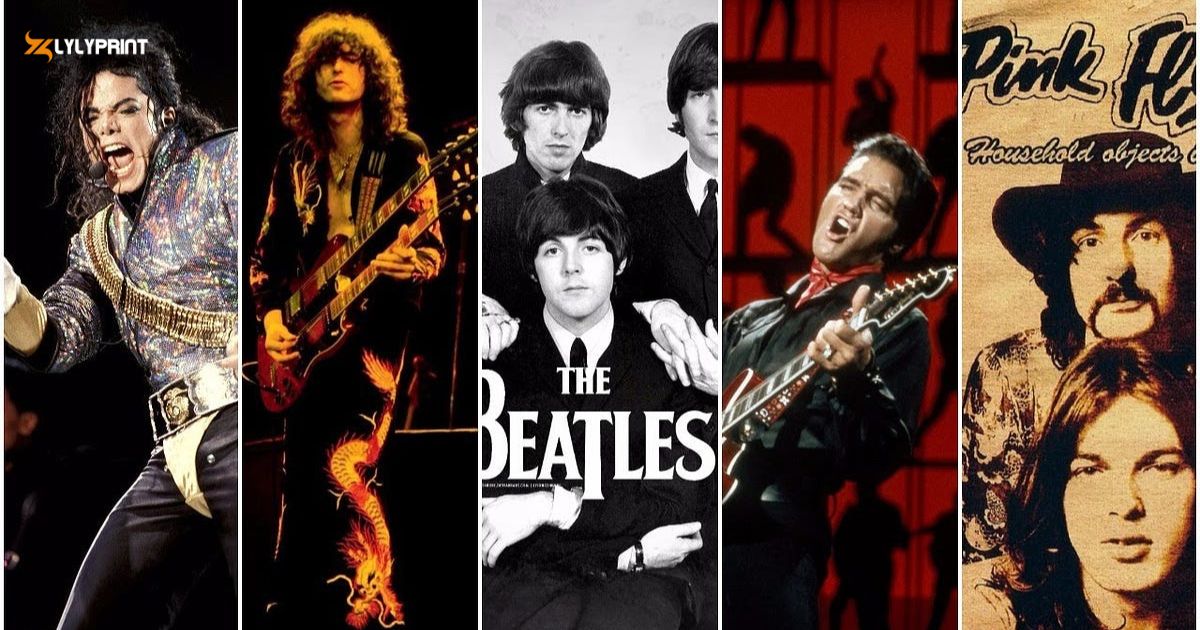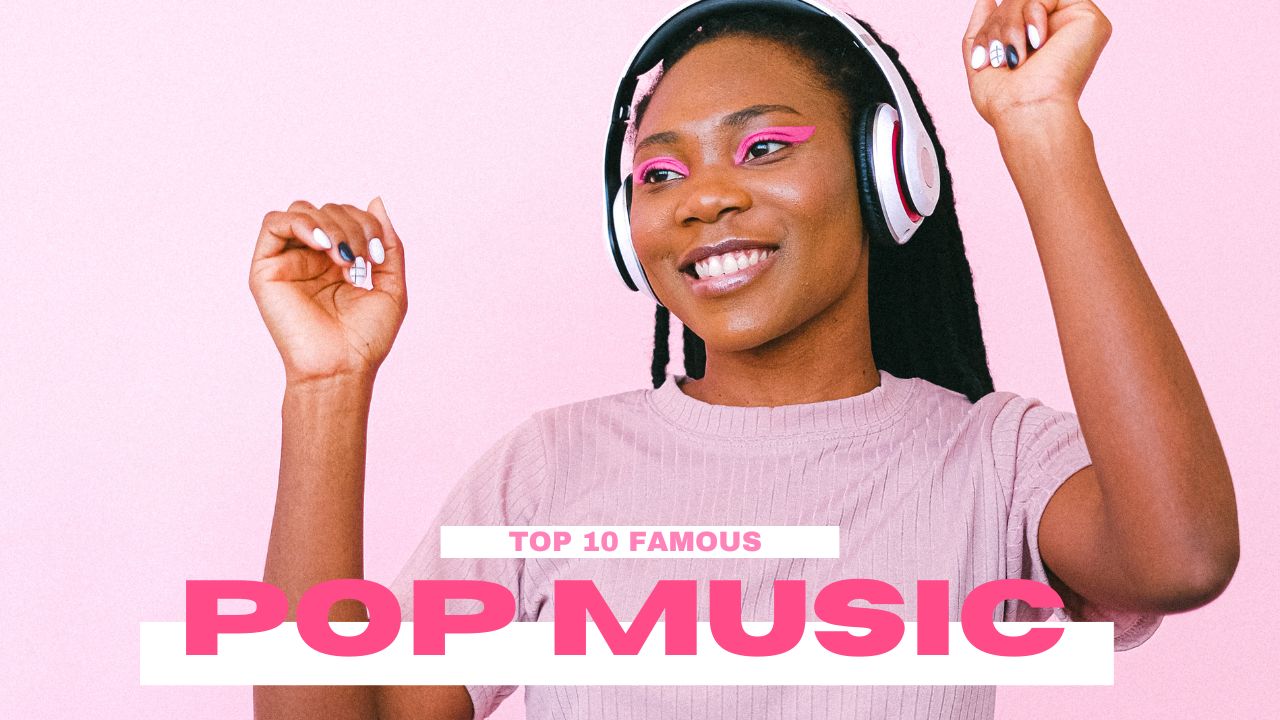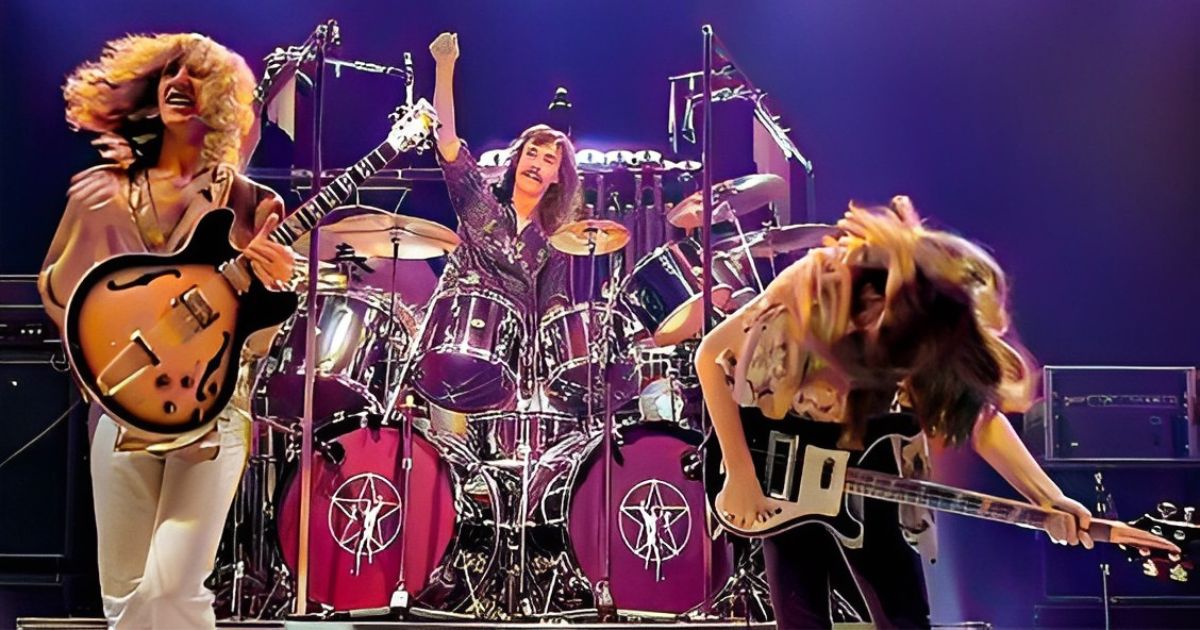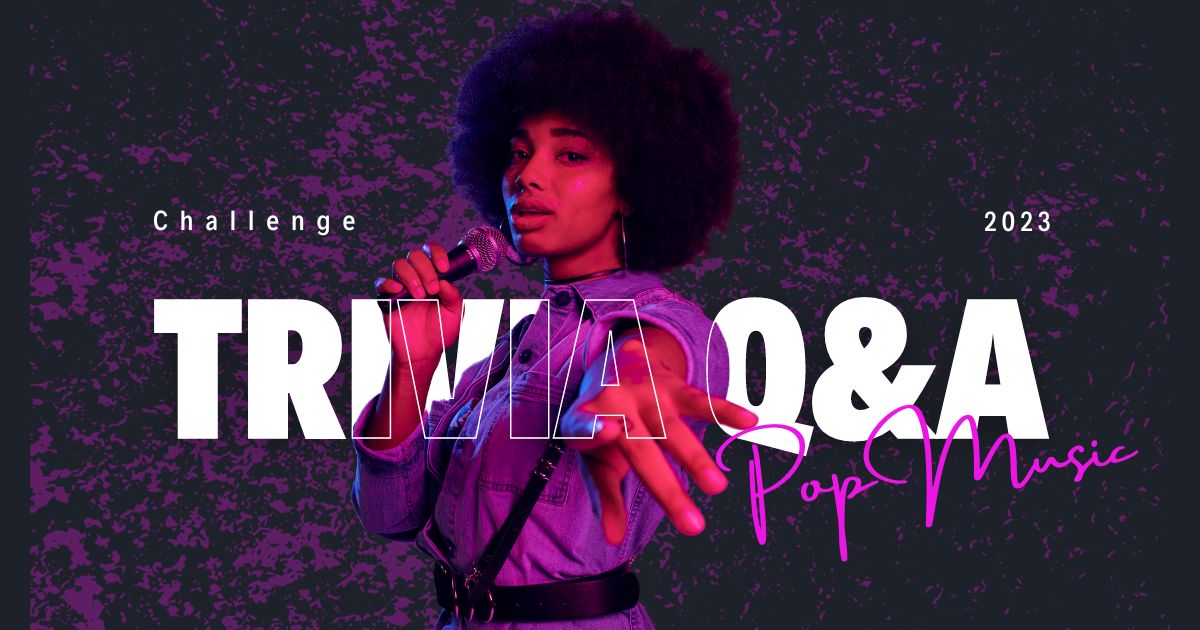For almost a century, pop music, short for “popular music,” has been a ubiquitous and ever-evolving genre. Pop music has constantly adapted, absorbed new inspirations, and represented the changing times since its humble origins in the early twentieth century to its current reign as a global cultural phenomenon. In the exploration of the Evolution of Pop Music, we will follow its captivating journey, spotlighting important epochs and notable artists while evaluating its profound influence on society and culture
The Birth of Pop Music: Tin Pan Alley and Vaudeville (Late 19th to Early 20th Century)
The origins of pop music can be traced back to the late 19th and early 20th centuries in the United States. This era saw the rise of Tin Pan Alley, a district in New York City known for its numerous music publishers and songwriters. It was here that the foundations of pop music were laid, with composers like Irving Berlin and George M. Cohan churning out catchy tunes that appealed to a broad audience.
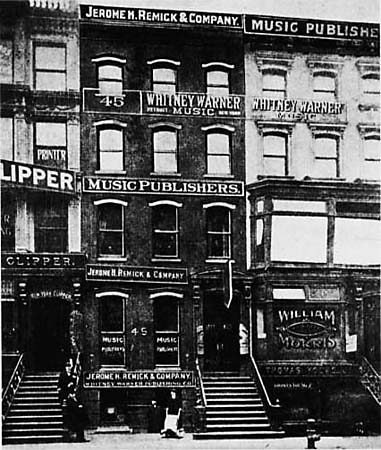
Buildings Of Tin Pan Alley, 1910
Simultaneously, vaudeville, a form of variety entertainment, played a crucial role in popularizing pop music. Singers, dancers, and comedians showcased their talents in vaudeville theaters, often performing popular songs of the time. These early pop songs were characterized by simple melodies, relatable lyrics, and a focus on entertainment.
The Swing Era and Big Band Sound (1930s-1940s)
The swing era of the 1930s and 1940s marked a significant shift in pop music. Big bands, led by legendary figures like Benny Goodman and Glenn Miller, dominated the scene. Swing music was characterized by its energetic rhythms, complex arrangements, and danceable tunes. The swing era also gave rise to iconic vocalists like Frank Sinatra and Ella Fitzgerald, who became synonymous with pop music’s romantic and smooth side.
The Rock ‘n’ Roll Revolution (1950s-1960s)
The 1950s and 1960s are often considered the Golden Age of Pop, marked by the rise of rock ‘n’ roll and the emergence of legendary artists who would define the genre for generations.
Rock ‘n’ Roll Pioneers
Elvis Presley, Chuck Berry, and Little Richard are among the early rock ‘n’ roll pioneers who captured the imagination of youth culture.
Their energetic performances and rebellious attitude set the stage for a new era of pop music
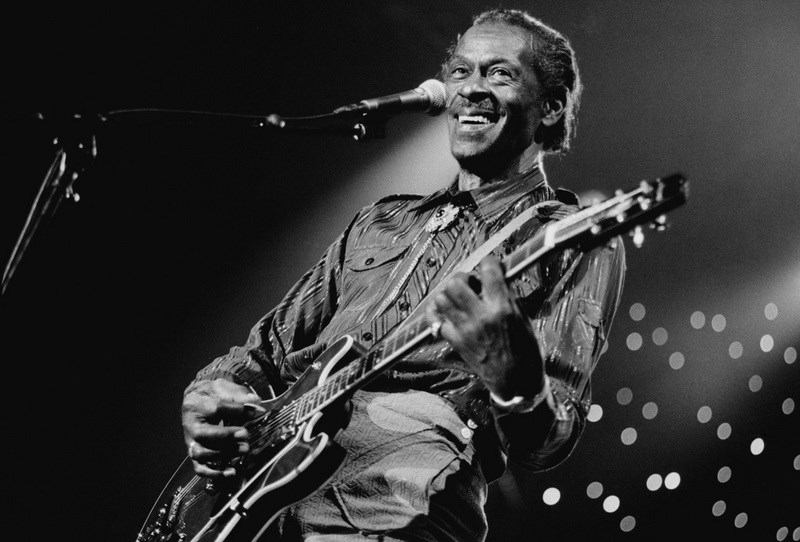
Rock ‘N’ Roll Legend Chuck Berry
The British Invasion
The 1960s marked a transformative era in the annals of pop music, famously characterized by the British Invasion. Bands of legendary stature, including The Beatles, The Rolling Stones, and The Who, spearheaded this movement, bringing their distinctive pop-infused rock sound to the United States. This invasion unleashed a wave of unprecedented creativity and innovation, leaving an enduring legacy in the world of popular music
The Pop Explosion and Cultural Revolution (1970s-1980s)
During the 1970s and 1980s
The world of pop music experienced a dynamic transformation characterized by diversity and innovation.
1. Disco Dominance
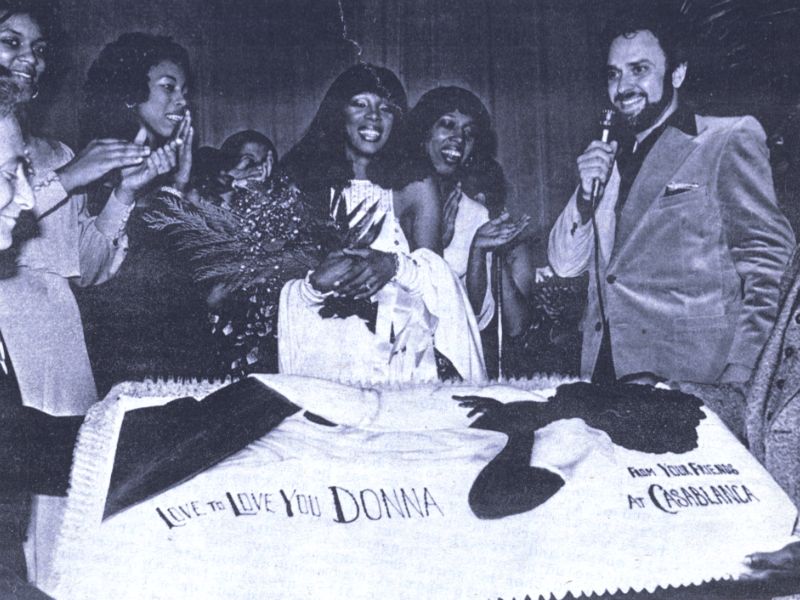
Donna Summer, The Queen Of Disco
Disco music took center stage, led by luminaries like Donna Summer and the Bee Gees. Their infectious rhythms and unforgettable performances made disco a cultural phenomenon, defining an era of flamboyant fashion and vibrant nightlife.
2. Singer-Songwriter Resurgence
Simultaneously, singer-songwriters such as Elton John, Billy Joel, and Carole King redefined pop music. With emotive ballads and relatable lyrics, they struck a chord with audiences, creating timeless hits that still resonate today.
3. Musical Diversity
Beyond disco and singer-songwriters, the era embraced a diverse range of musical genres, from rock and funk to punk and new wave. This period was a creative melting pot where artists pushed the boundaries of pop music, leaving an enduring legacy of innovation and inspiration.
The Evolution of Pop Music in the 1980s
Music videos emerged as a game-changer for the music industry, driven by the launch of MTV in 1981. This visual medium reshaped pop music, making both music and image equally significant.
1. MTV’s Cultural Impact
The arrival of MTV marked a cultural revolution. It allowed artists to express their creativity visually, shifting music from a purely auditory experience to a visually engaging one. The iconic video “Video Killed the Radio Star” by The Buggles symbolized the onset of this transformation.
2. Rise of Pop Icons
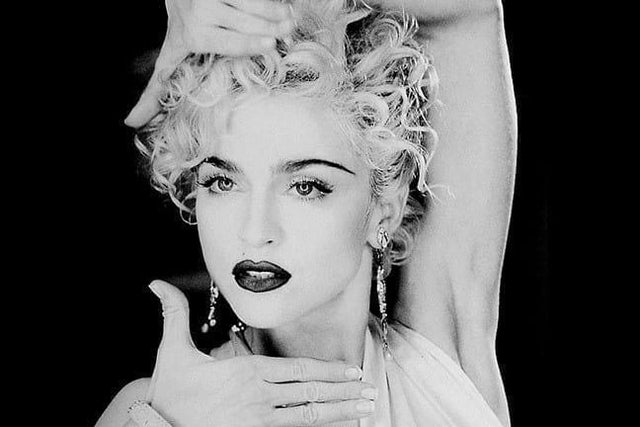
Queen Of Pop: Madonna
The 1980s introduced a new generation of pop music icons. Artists like Michael Jackson and Madonna leveraged music videos to create personas that transcended their music. Michael Jackson’s groundbreaking videos, particularly “Thriller” and “Billie Jean,” set new standards for artistic innovation. Similarly, Madonna’s provocative and visually captivating videos propelled her to become the “Queen of Pop” and a cultural sensation.
See more: Madonna T-Shirt
The Pop Icons of the 1990s and 2000s
The 1990s and 2000s saw the emergence of a new generation of pop icons. From the boy bands like Backstreet Boys and *NSYNC to the rise of solo artists like Britney Spears and Christina Aguilera, the pop scene was defined by youthful exuberance and a fusion of pop with elements of R&B and hip-hop.
Notable mentions from this era include the “Princess of Pop” herself, Britney Spears, whose debut album “…Baby One More Time” became a cultural phenomenon. The 2000s also saw the rise of pop-punk bands like Blink-182 and emo-pop artists like Fall Out Boy, diversifying the genre’s sound.
The Digital Age: Pop Music in the Internet Era (2010s-Present)
Digital Streaming and Social Media: The 2010s witnessed the rise of digital streaming platforms and social media, enabling artists like Taylor Swift and Beyoncé to connect directly with fans and release music independently.
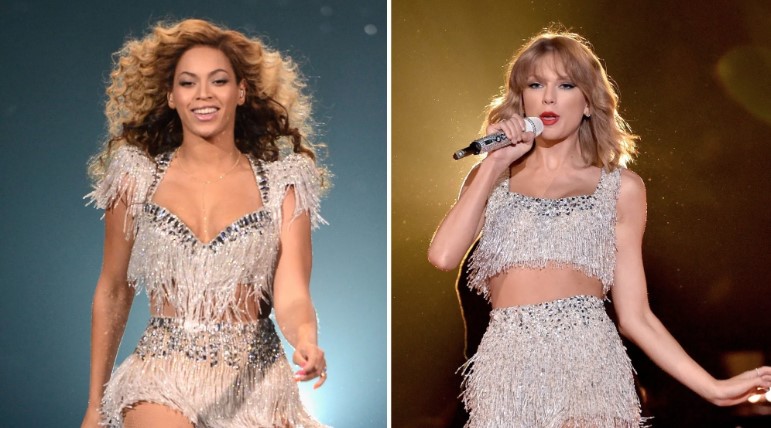
Beyoncé And Taylor Swift
Genre Experimentation: Pop music during this era saw a fusion of influences, as artists explored electronic, indie, and hip-hop elements, pushing the boundaries of the genre.
Viral Hits: Notable viral hits such as “Gangnam Style” by Psy and “Despacito” by Luis Fonsi and Daddy Yankee gained global recognition through online sharing and streaming, illustrating pop music’s global reach.

Despacito by Luis Fonsi and Daddy YankeeAccessibility and Diversity: Pop music became more accessible and diverse than ever, with listeners worldwide enjoying a broad spectrum of music styles and languages, reaffirming its status as a culturally significant global phenomenon.
Pop Music’s Impact on Society and Culture
Throughout its history, pop music has been a mirror reflecting the social and cultural changes of the times. It has addressed issues such as civil rights, gender equality, and political activism. Songs like Marvin Gaye’s “What’s Going On” and Beyoncé’s “Formation” are prime examples of pop music’s role in raising awareness and sparking conversations about important societal issues.
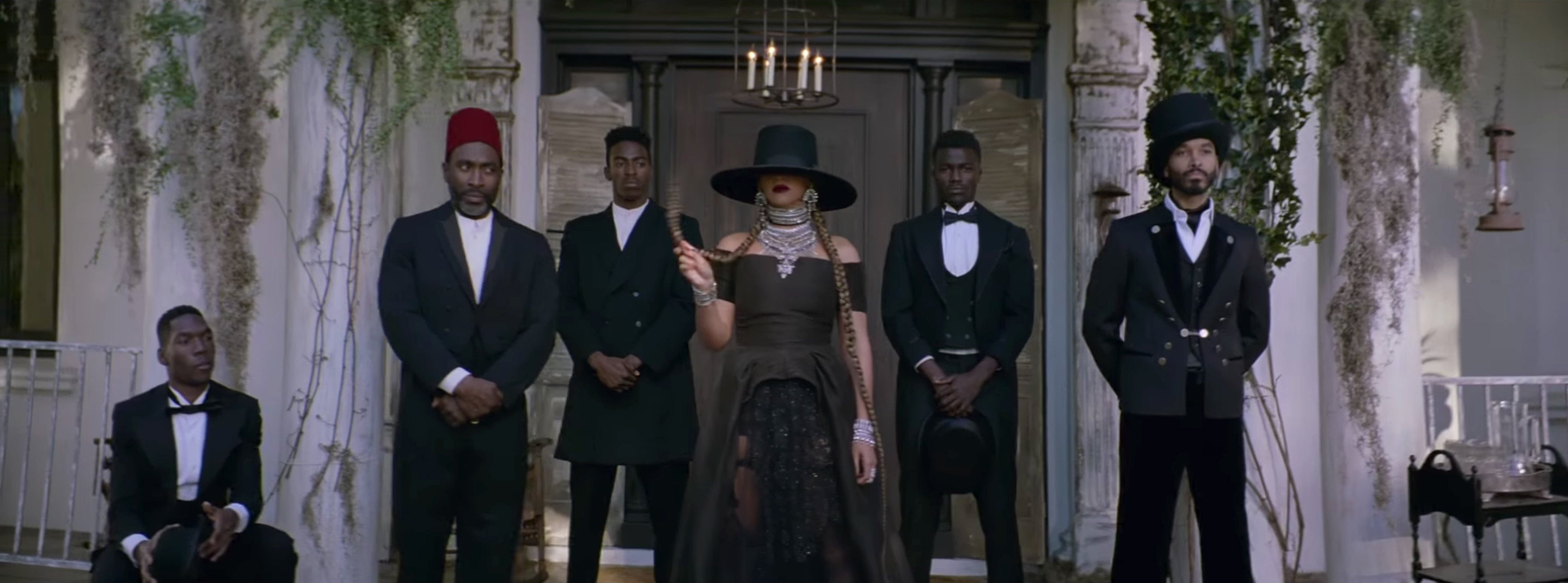
Beyoncé’S “Formation”
Additionally, pop music has been a driving force behind fashion trends, dance crazes, and even language evolution. Phrases like “rock and roll,” “groovy,” and “yasss queen” all have their origins in pop music culture.
Conclusion
Pop music’s journey from Tin Pan Alley to TikTok is a testament to its enduring appeal and adaptability. It has evolved through various eras, from the swing of the 1940s to the digital age of the 2010s, always reflecting and influencing the world around it. Pop music’s ability to connect with people on a global scale, address societal issues, and provide a soundtrack to our lives ensures that it will continue to shape and define our culture for generations to come. Whether it’s a catchy melody, a powerful message, or a danceable beat, pop music will always have a special place in our hearts and on our playlists.
FAQ
What is Tin Pan Alley, and why is it significant?
Tin Pan Alley was a key music hub in early 20th-century New York, playing a crucial role in shaping pop music.
How did pop music change during the 1950s and 1960s?
The 1950s and 1960s brought rock ‘n’ roll and legendary artists like Elvis Presley and The Beatles.
What were the defining features of pop music in the 1970s and 1980s?
Disco music dominated the 1970s, while the 1980s saw the rise of singer-songwriters and MTV’s impact on visuals.
How has pop music evolved in the digital age, from the 2010s to the present?
The digital age introduced streaming and social media, allowing artists to connect directly with fans. Pop music also became more diverse.
How did music videos influence pop music in the 1980s?
Music videos, popularized by MTV, made visuals as important as the music, with iconic artists like Michael Jackson and Madonna using them to enhance their personas.
What’s the societal impact of pop music over the years?
Pop music has influenced culture through fashion, social commentary, and unifying people across cultures.
Who are some iconic pop music artists?
Iconic artists include The Beatles, Michael Jackson, Madonna, and Elvis Presley.





